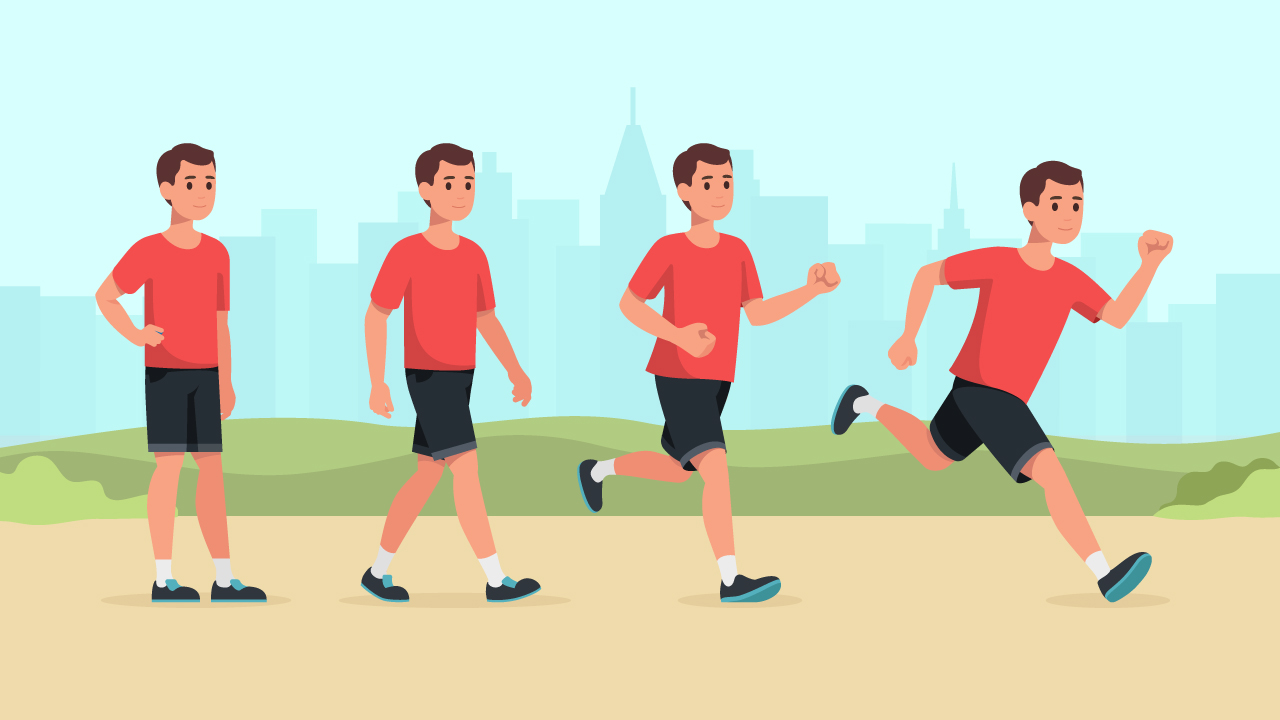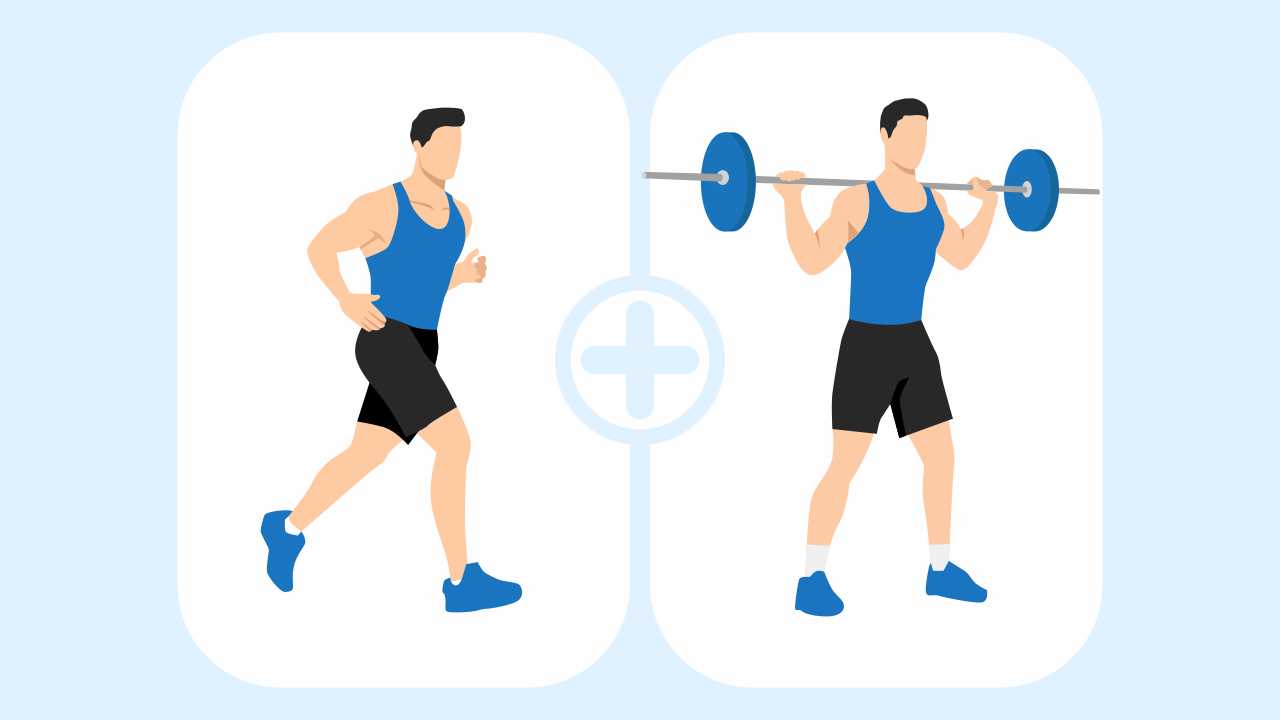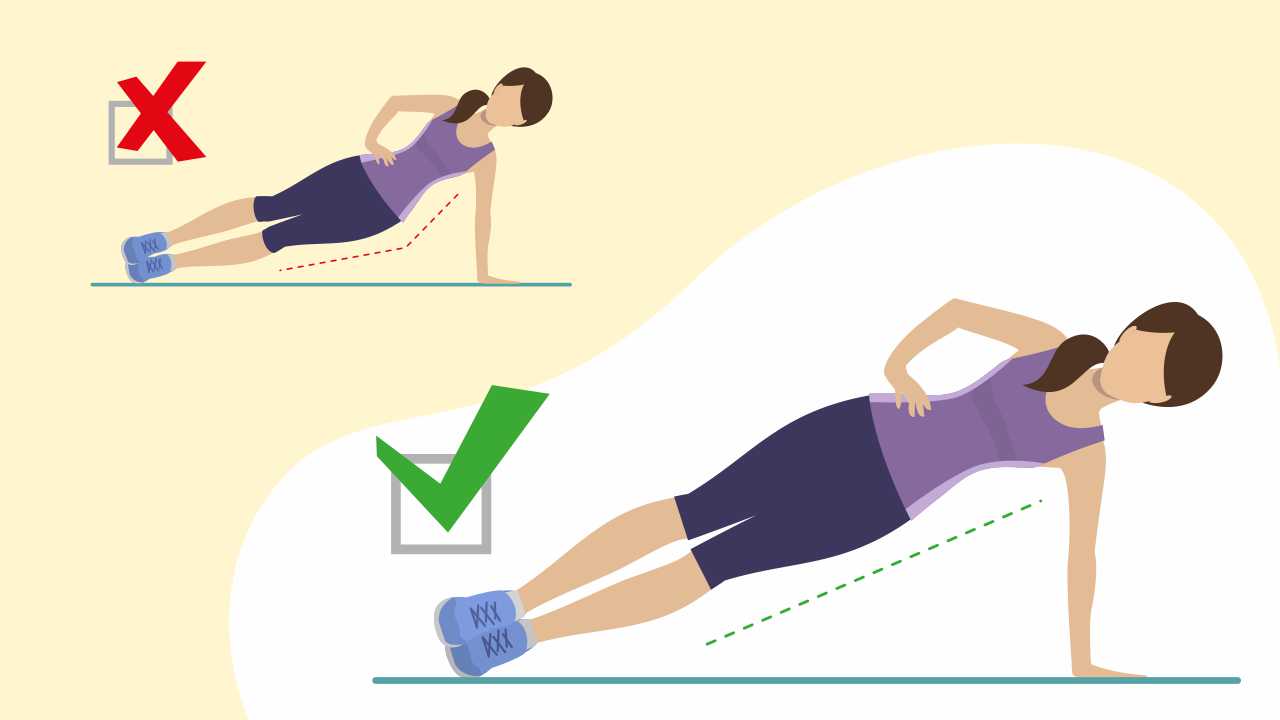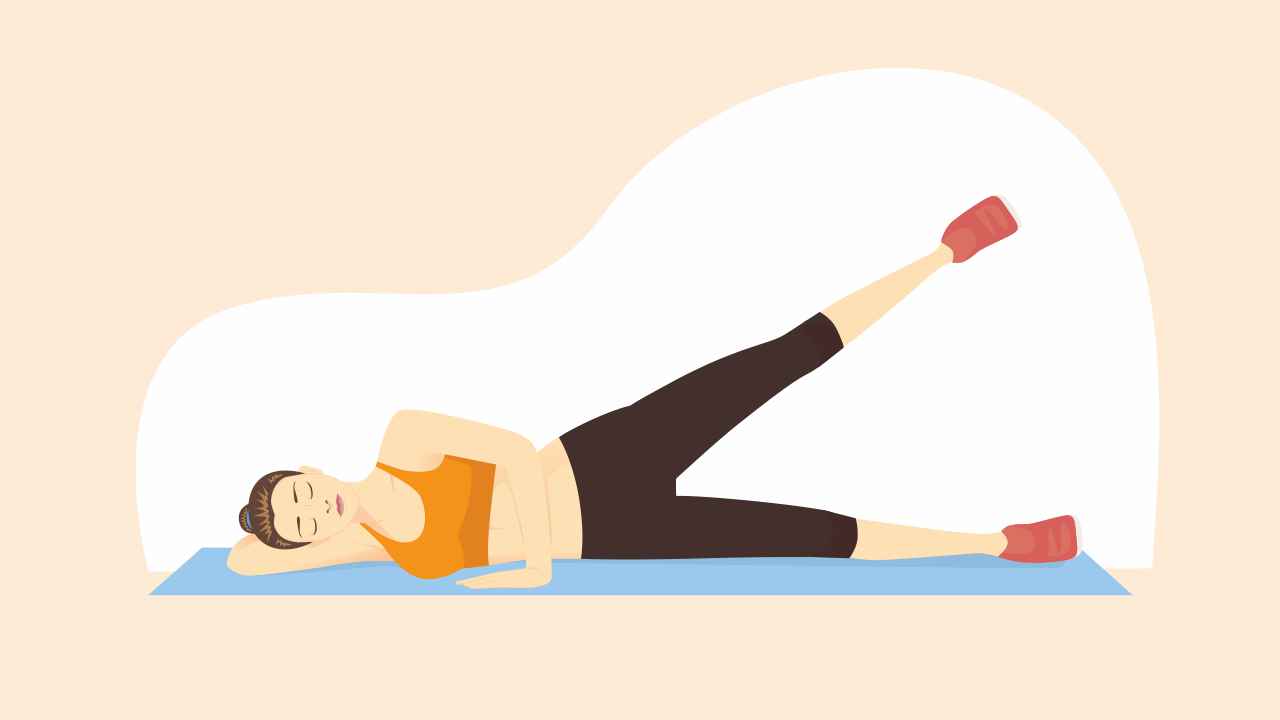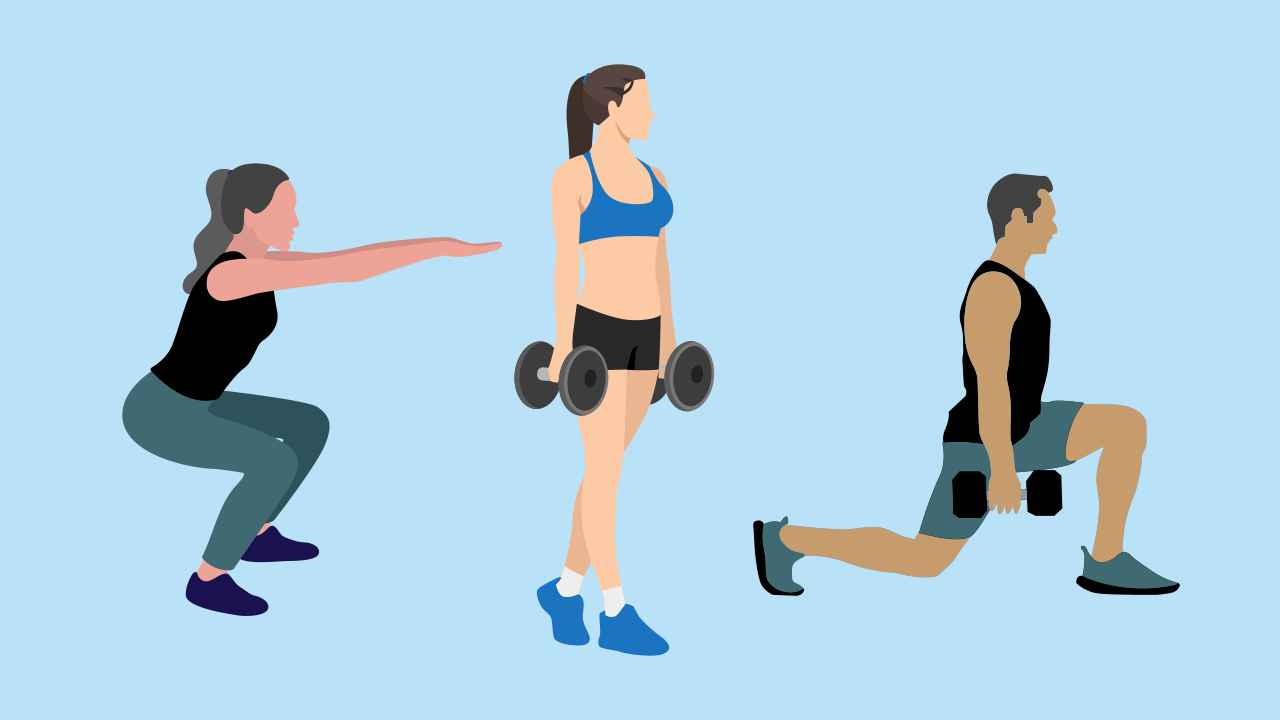
Bad Posture: Tips and Exercises to Get It Right

We are always being told to sit up straight and not slouch to correct our posture. However, posture correction cannot be done by changing one’s stance momentarily. Bad posture develops over time and cannot be fixed on the spot.
What is posture?
Posture is the position of your body when you sit or stand. When people refer to a proper standing posture, it implies that the spine, including the shoulders, is in natural alignment — i.e. not substantially curved forward or rearward. As for the sitting position, it basically means that the back is straight, the shoulders squared, and the head aligned with the rest of the torso.
A spine with a proper degree of curvature is called a neutral spine. There is minimal muscular force required to maintain a neutral spine position, as it is balanced from front to back and side to side.
However, if you slouch all day at work, your natural spinal position will be different from someone with a more upright sitting and standing posture.
Fixing bad posture
As bad posture does not happen overnight, correcting it doesn’t occur overnight either.
Muscle imbalance is a term that pertains to opposing muscle groups with unequal strengths. While this is a misnomer to some degree, fixing muscle imbalances helps restore equilibrium between opposing muscles or muscle groups. For example, if an individual slouches forward, they would need to stretch the tight muscles (abdominals) and strengthen the lower and back muscles to “fix” their posture.
Kinetic chain
What’s notable about correcting posture is that the location of the body in contention may not be the source of the problem at all. This is based on the principle of the kinetic chain, which refers to the fact that no part of our body functions in isolation. So, dysfunction in one area might very well manifest itself in another. For instance, if one of your feet tilts (pronation) inwards more than the other, the cascading effect could be seen in a tilted shoulder and thus, a tilted head.
The body is quite complex in how it all works together. So if a muscle imbalance or postural issue isn’t remedied through basic stretching/ strengthening, it would be advisable to seek out a trained physiotherapist to resolve the issue.
Changing habits
Stretching and strengthening might not remedy a postural issue if you spend the bulk of your day in that position (say, slouched in front of your computer). So, you would also need to change your daily routine to minimize positions that contribute to poor posture.
Ergonomics is a term that relates to your standing or seating position. Many companies often employ certified ergonomists to set up office workers at their desks, so their computer screen is at the right height. They are also advised on proper sitting positions and when to take standing breaks.
Progress slowly
It takes time to adapt to new positions. When you are correcting bad posture, it must be done gradually. For example, if you slouch at your desk, your body and more specifically, your musculature gets used to this position. If you tried to sit upright to “correct” the posture, you probably wouldn’t be able to maintain the position for more than a few minutes. It would further result in muscle fatigue and possibly, cramps.
Practice specific exercises
The most common postural issue is a forward rounded neck and spine (slouched position), caused by weak lower or mid-back and hip flexor muscles. When the pelvis “rolls” back, it causes the lower and mid-back to slouch. You need to focus on exercises that focus on strengthening the core (specifically the lower back) and mid-back to correct a slouch. However, it’s very important to maintain the correct posture as much as possible, so it becomes sustainable for long periods of time.
Start practising these exercises.
1. Supermans: Lie on your stomach with your arms above your head. Simultaneously lift your arms and legs up and hold for 5 seconds, slowly lower and repeat. This focuses on the lower back muscles.
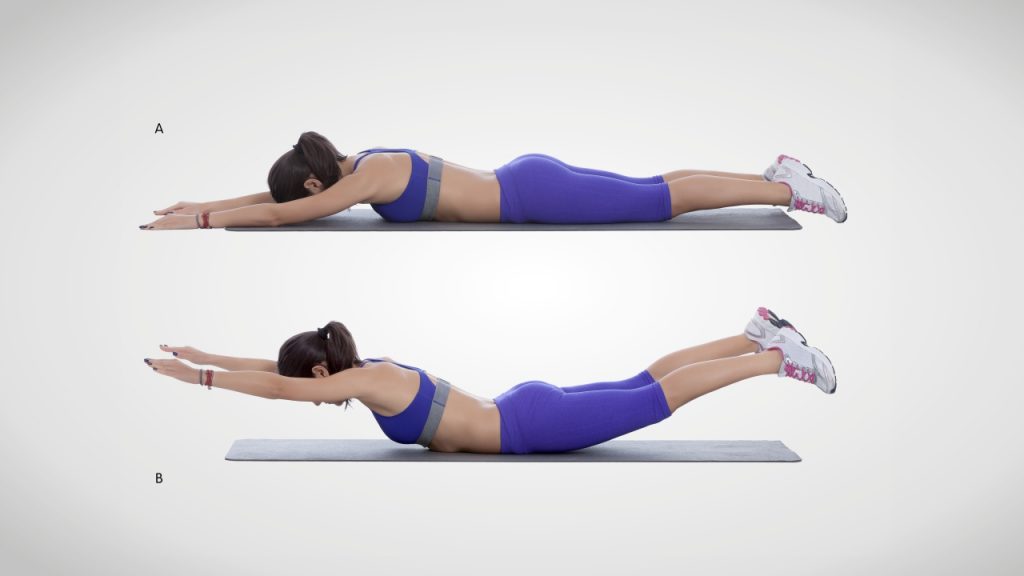
2. Plank (modified): Same starting position as the push-up, but instead of the hands touching the ground, the forearms are on the floor with the elbows directly under the shoulders. Hold this position for a count of 20 seconds, then rest.
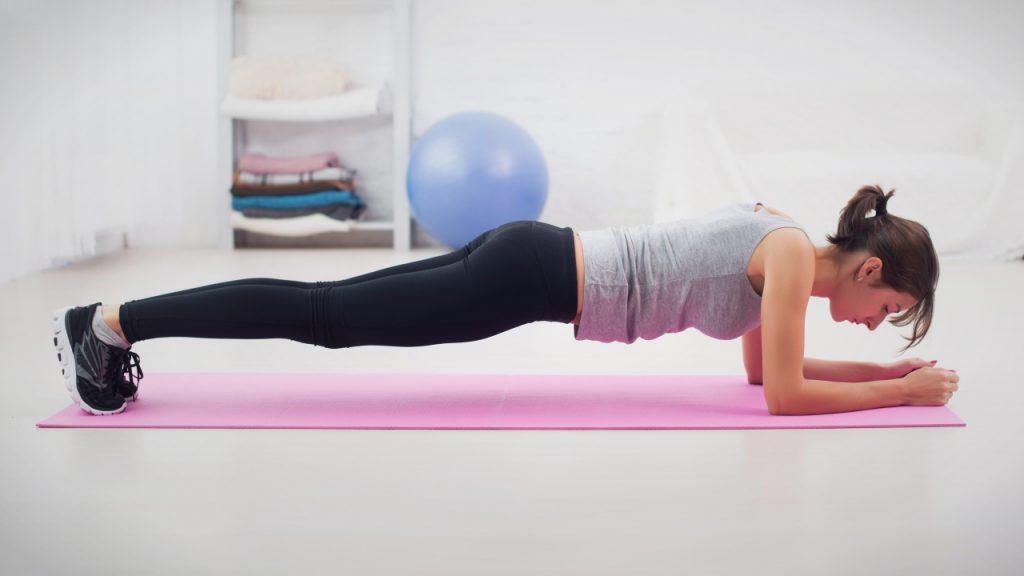
3. Theraband Back Row: Loop the theraband around a pole or a similar structure. From a standing position with a slight bend in your knees and your arms outstretched in front of you, pull the theraband handles back and squeeze your shoulder blades at the back range of motion. Keep your core engaged.



